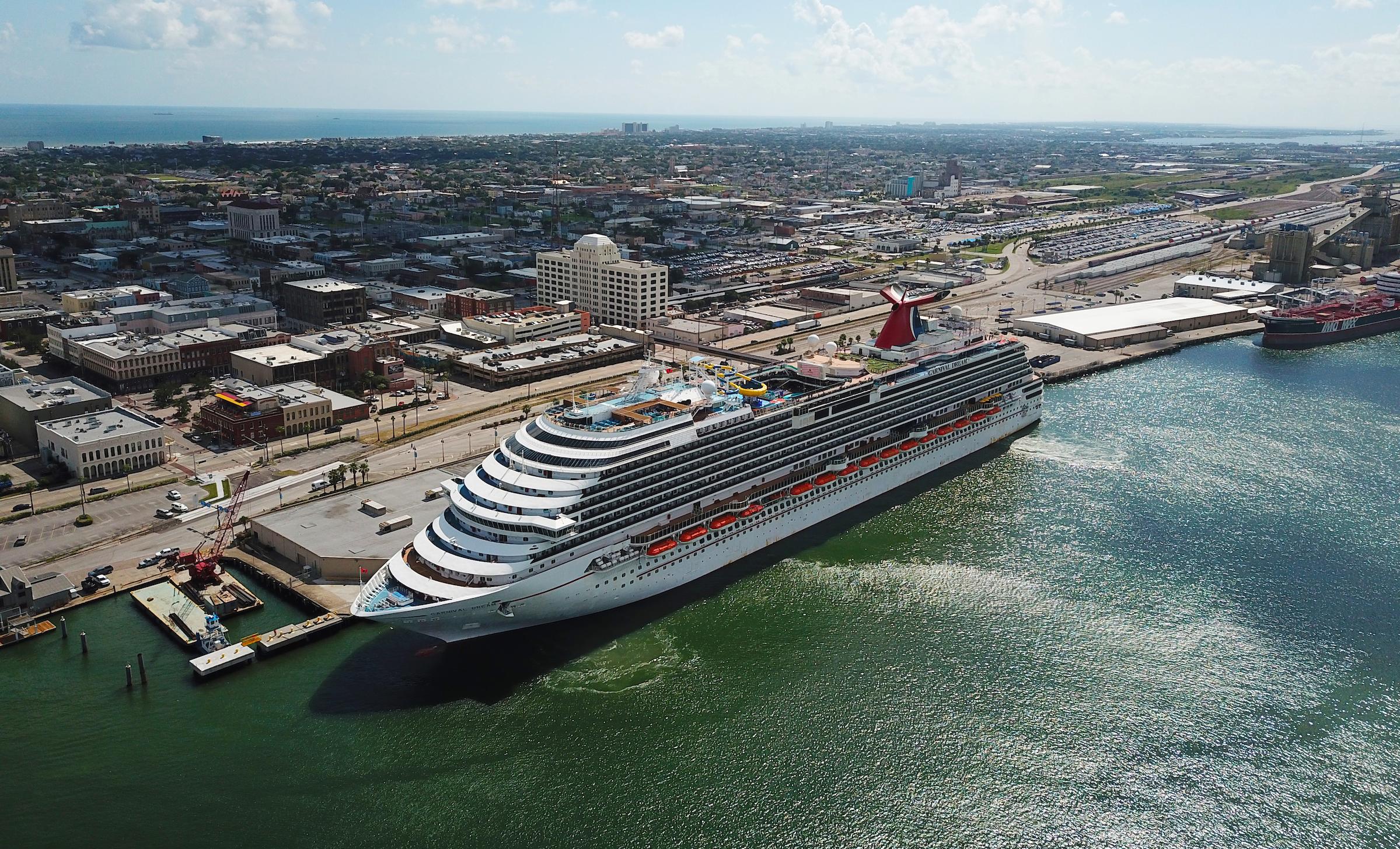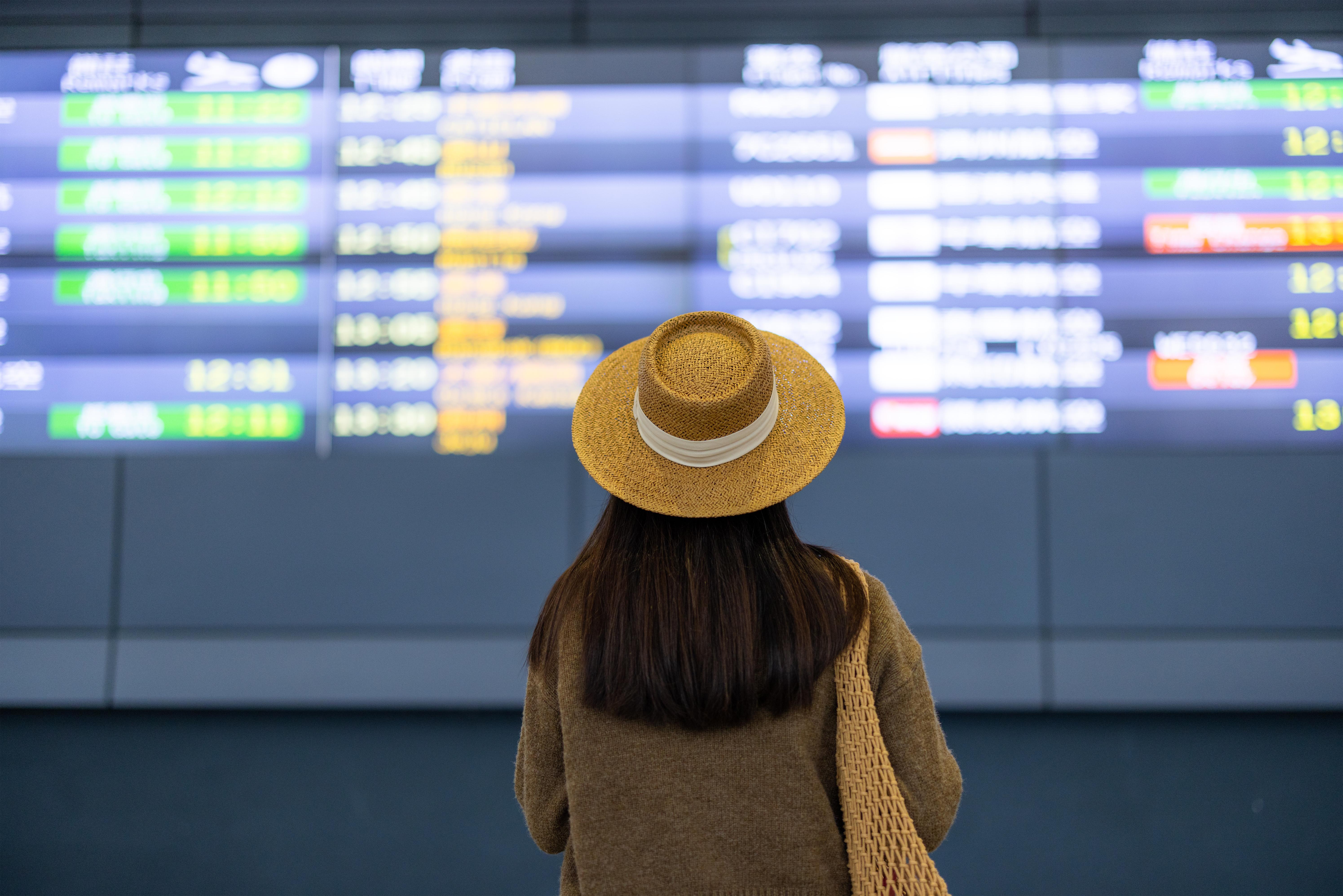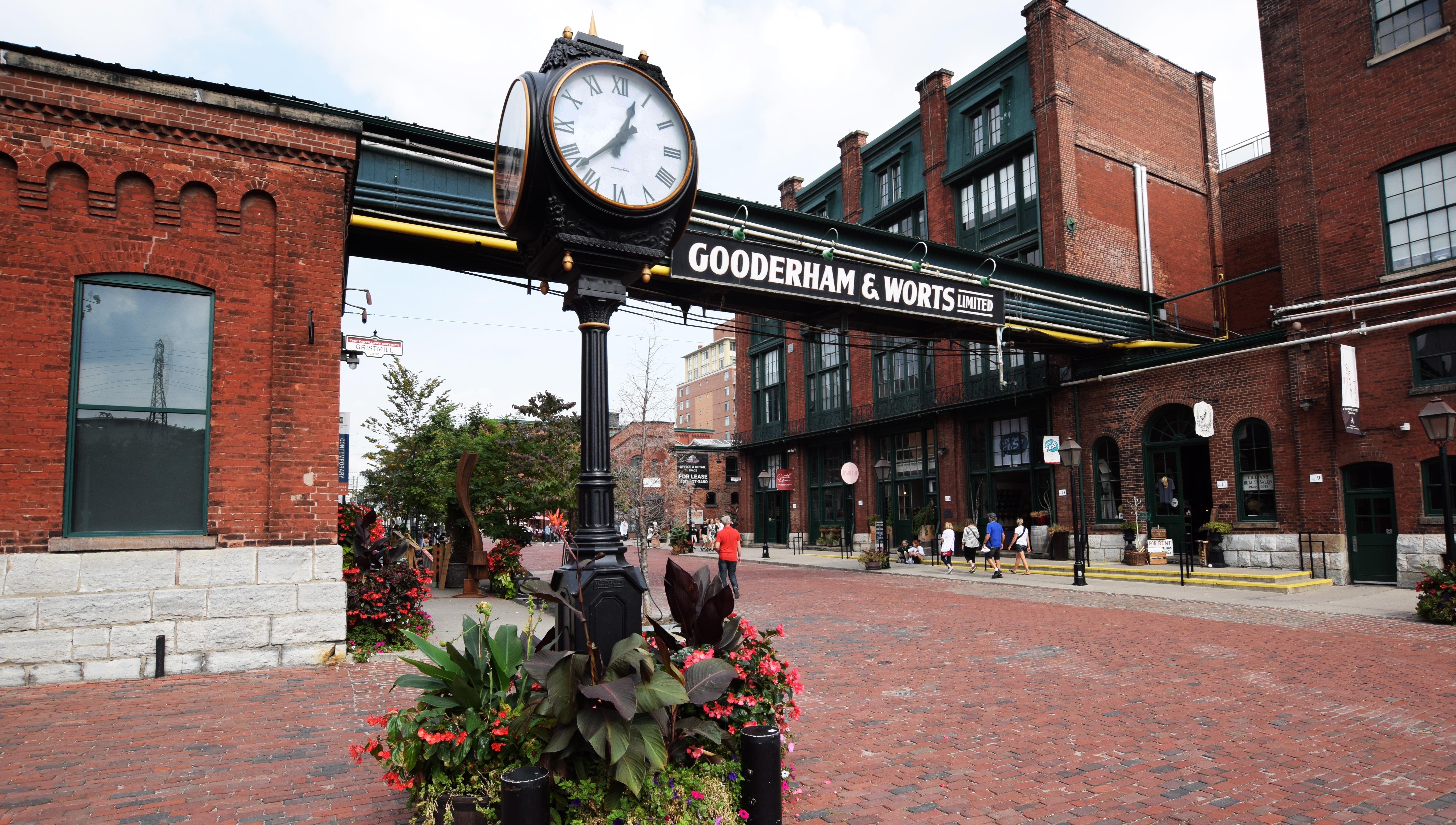Unsinkable Nightmares: When Cruise Vacations Go Horribly Wrong
Cruise vacations are often synonymous with luxury, relaxation, and adventure on the high seas. However, beneath the allure of sun-kissed decks and exotic ports lies a potential for chaos and unpredictability. Despite meticulous planning and state-of-the-art technology, cruise ships are not immune to the whims of nature, human error, or unforeseen calamities. This article delves into 10 harrowing tales of cruise adventures that took unexpected turns, exploring the myriad challenges faced by passengers and crew alike. As we navigate these turbulent waters, we uncover lessons in resilience, the fragility of human endeavors, and the indomitable spirit that emerges in times of crisis.
1. The Storm of the Century: Weathering Nature's Wrath

One of the most formidable adversaries for any seafaring vessel is the weather. In 2013, a cruise ship bound for the Caribbean found itself in the grip of a massive storm, with waves towering over 30 feet and winds exceeding 100 miles per hour. Passengers and crew were thrown into chaos as the ship rocked violently, furniture and belongings becoming dangerous projectiles. Despite the terrifying conditions, the captain and crew displayed remarkable composure, guiding the ship to calmer waters after hours of battling the tempest. This ordeal highlighted the unpredictable nature of the sea and the importance of preparedness and skilled navigation in averting disaster.
2. The Ghost Ship: A Tale of Mechanical Failure
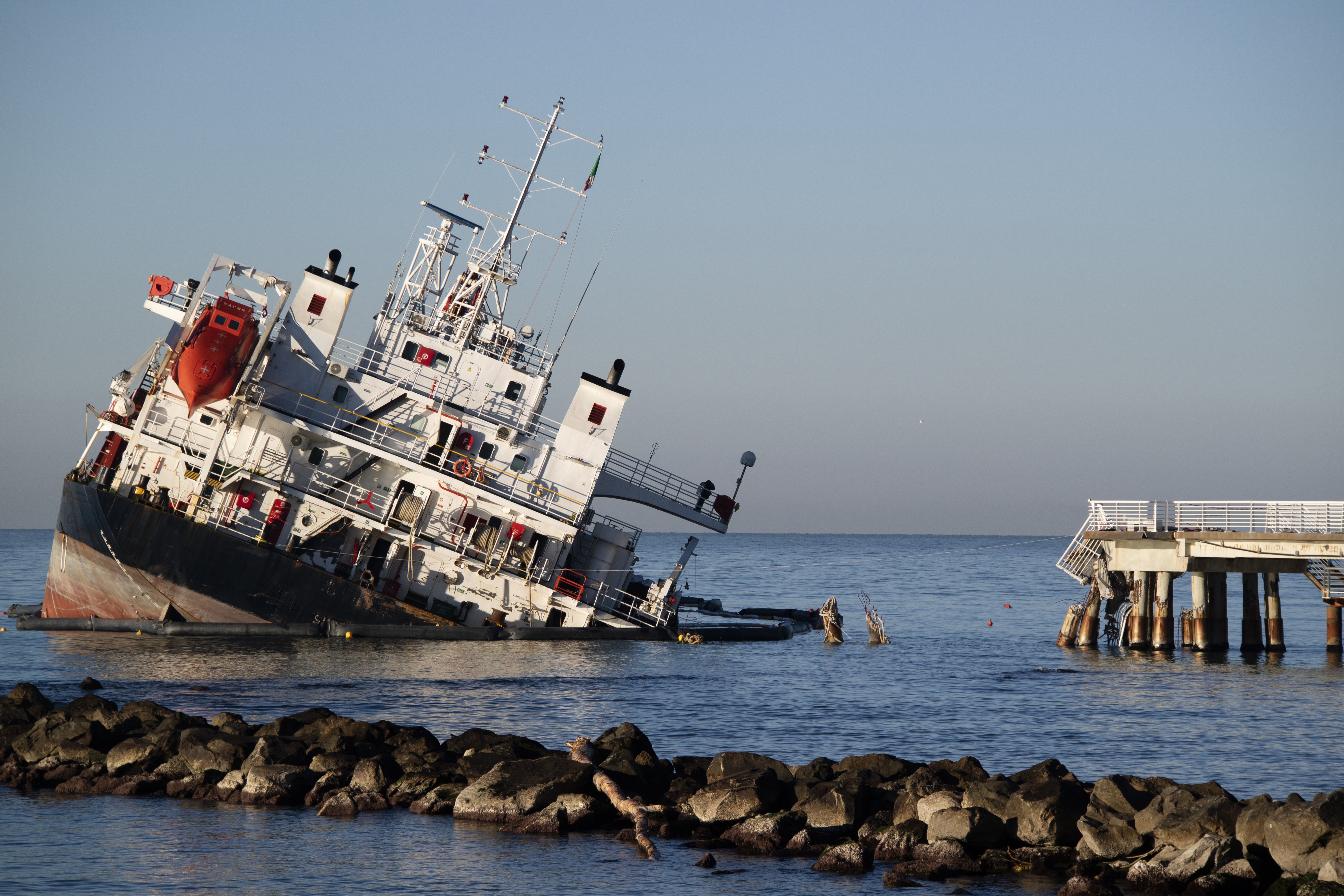
In 2014, a luxury cruise liner experienced a catastrophic engine failure, leaving it adrift in the Atlantic Ocean for days. Without power, the ship lost its ability to steer, and essential systems like air conditioning and sewage began to fail, turning luxury cabins into stifling, unsanitary spaces. Passengers were forced to ration food and water as they awaited rescue, their dream vacation transforming into a survival scenario. The incident underscored the critical need for robust maintenance protocols and emergency preparedness, as well as the resilience of passengers who banded together to support one another through the ordeal.
3. Outbreak at Sea: The Spread of Illness

In 2019, a norovirus outbreak aboard a cruise ship quickly turned a pleasure cruise into a floating infirmary. With hundreds of passengers and crew falling ill, the ship's medical facilities were overwhelmed, and quarantine measures were hastily implemented. The confined environment of a cruise ship proved to be a breeding ground for the virus, spreading rapidly through shared spaces and close contact. This incident highlighted the vulnerabilities inherent in such environments and the importance of rigorous health protocols to prevent and manage outbreaks, as well as the critical role of communication and transparency in maintaining passenger trust.
4. A Pirate's Menace: Navigating Dangerous Waters
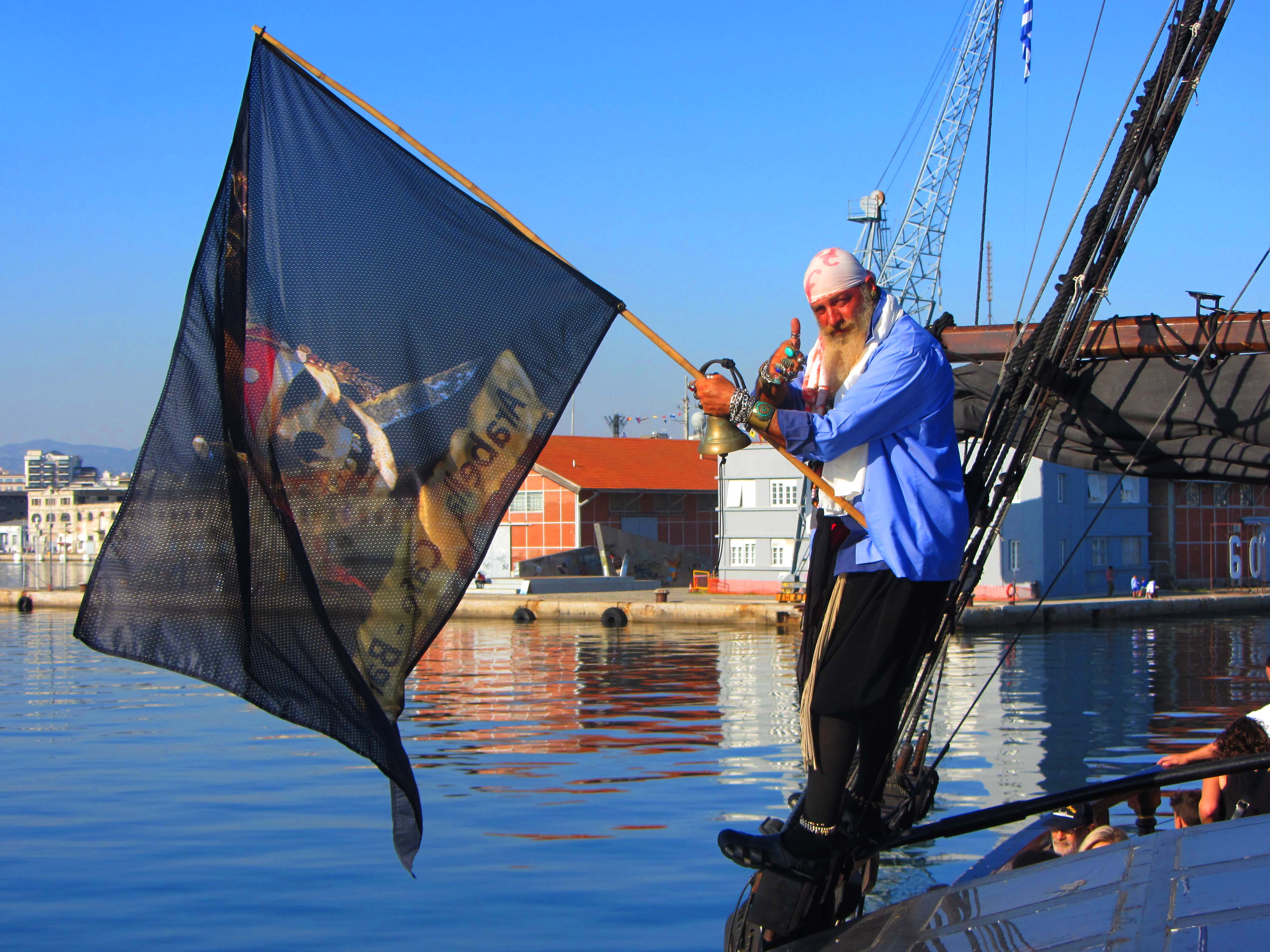
While piracy may seem like a relic of the past, it remains a modern threat in certain regions. In 2005, a cruise ship off the coast of Somalia was pursued by armed pirates, forcing the crew to engage in evasive maneuvers. Passengers were instructed to take cover as the ship's security team deployed non-lethal deterrents to fend off the attackers. The incident was a stark reminder of the dangers lurking in international waters and the importance of security measures and international cooperation in safeguarding maritime travel. It also demonstrated the bravery and quick thinking required to protect passengers from such threats.
5. Fire on the High Seas: A Test of Courage and Coordination

In 2012, a fire broke out in the engine room of a cruise ship in the Mediterranean, threatening to engulf the vessel. The crew sprang into action, implementing fire suppression systems and evacuating passengers to designated muster stations. Despite the chaos, the crew's training and coordination were instrumental in containing the blaze and preventing casualties. Passengers later recounted the eerie calm that settled over the ship as everyone worked together to ensure safety. This incident underscored the importance of regular safety drills and the need for passengers to be aware of emergency procedures.
6. The Iceberg's Warning: Lessons from the Past

The infamous sinking of the Titanic in 1912 remains a poignant reminder of the perils of complacency and overconfidence. Modern cruise ships are equipped with advanced technologies to detect and avoid icebergs, yet the lessons from this tragedy continue to resonate. In 2007, a cruise ship navigating the icy waters of Antarctica struck an iceberg, causing a breach in the hull. Fortunately, the ship's design and swift evacuation procedures prevented a disaster. This event highlighted the ongoing need for vigilance and respect for nature's power, as well as the advancements in safety that have been made since the Titanic's fateful voyage.
7. Lost in Translation: Navigating Cultural Clashes

Cruise ships often bring together diverse groups of people, each with their own customs and expectations. In 2015, cultural misunderstandings aboard a cruise led to tensions between passengers and crew, culminating in a near-mutiny. Language barriers and differing cultural norms exacerbated the situation, highlighting the importance of cross-cultural training for crew members and clear communication channels. This incident served as a reminder of the complexities of managing a multicultural environment and the need for empathy and understanding in fostering a harmonious atmosphere at sea.
8. The Environmental Dilemma: Balancing Luxury and Sustainability
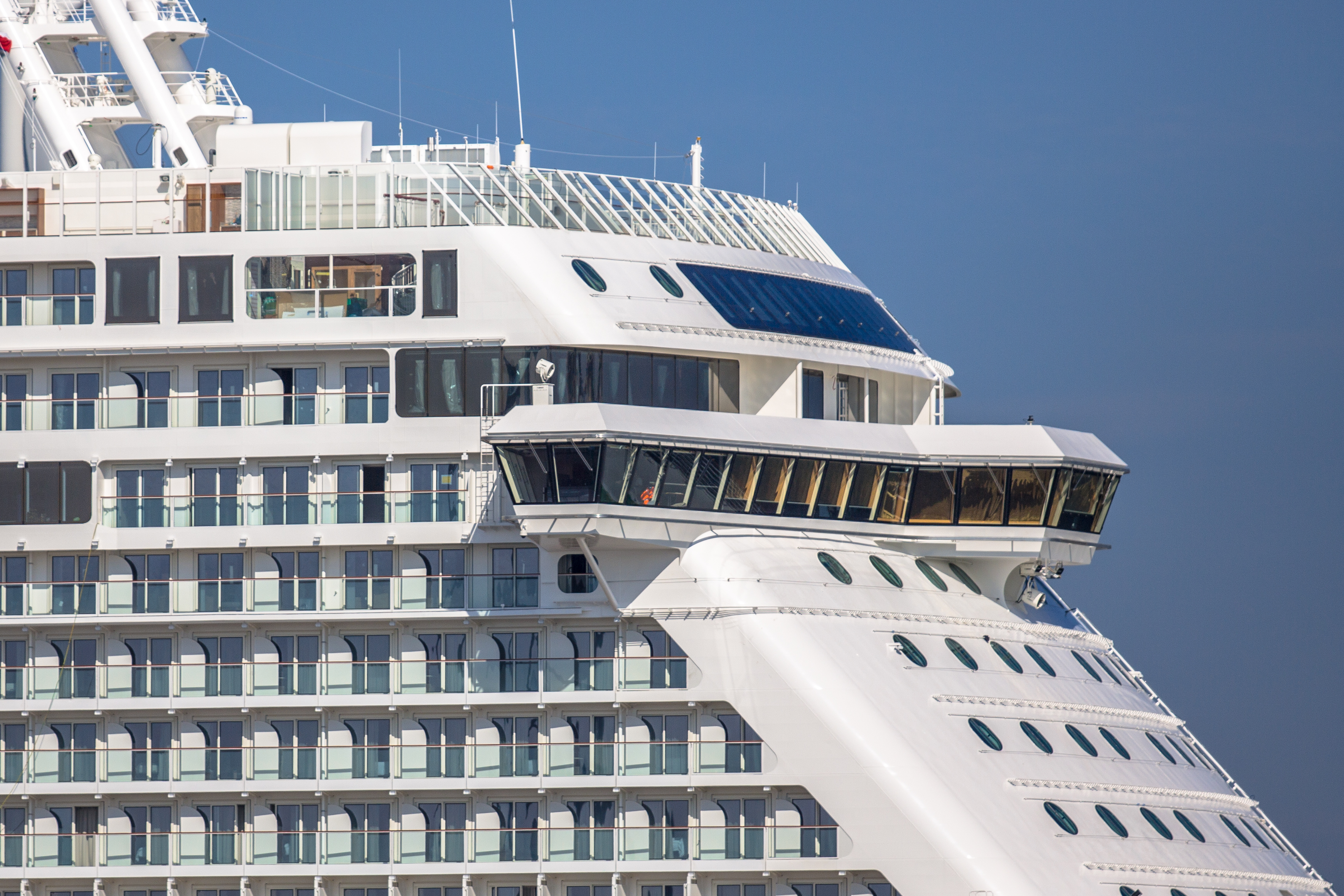
The cruise industry faces growing scrutiny over its environmental impact, with concerns about pollution and ecosystem disruption. In 2018, a cruise ship inadvertently caused damage to a delicate coral reef, sparking outrage and calls for stricter regulations. This incident highlighted the tension between providing luxurious experiences and preserving the natural environments that attract travelers. It underscored the need for sustainable practices and innovations in the industry, as well as the responsibility of both operators and passengers to minimize their ecological footprint.
9. The Human Factor: Navigating Crew Dynamics
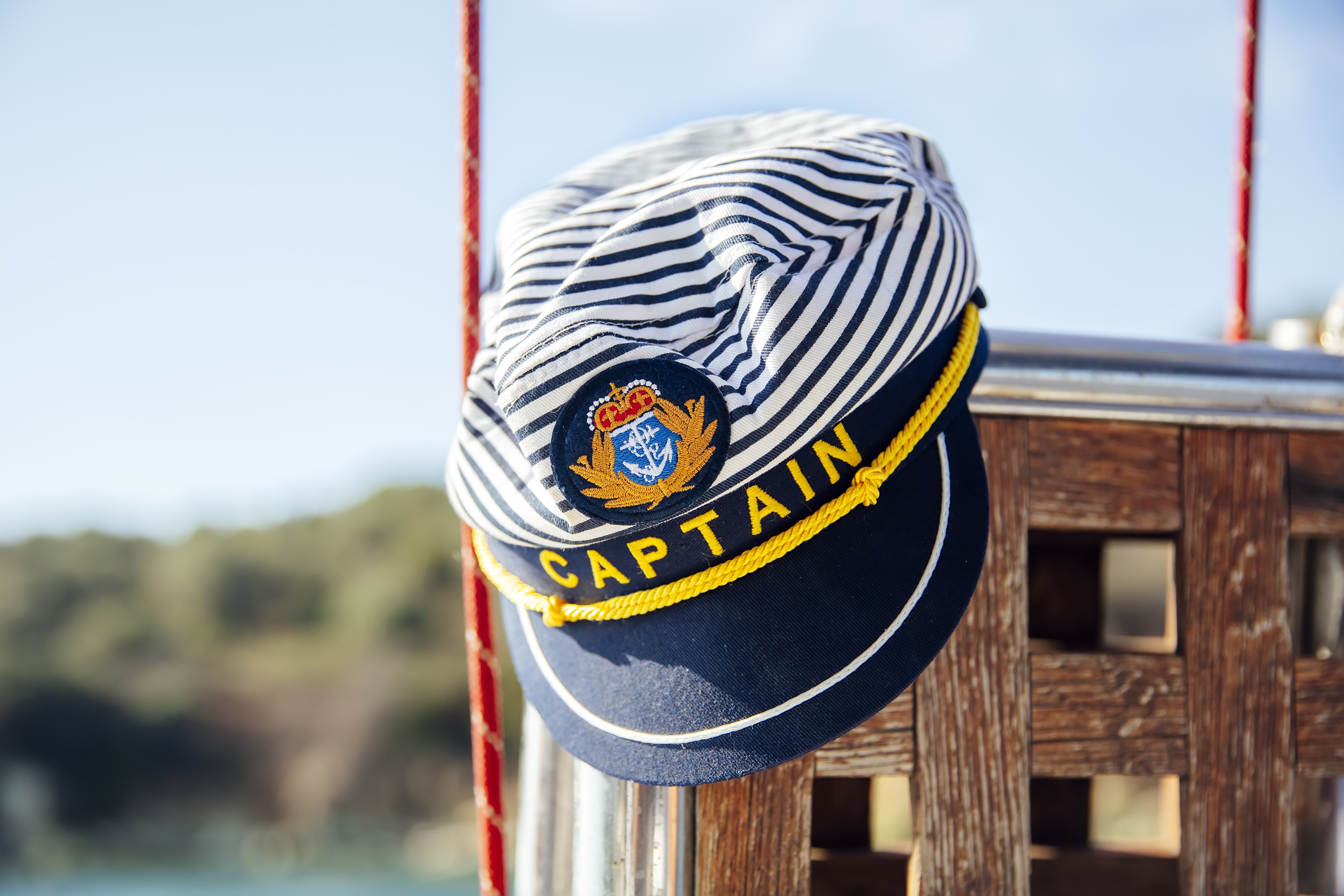
The success of a cruise voyage often hinges on the crew's ability to work seamlessly together under pressure. In 2016, a conflict between senior officers on a cruise ship led to a breakdown in communication and operational efficiency, affecting the entire voyage. This incident revealed the critical importance of leadership, teamwork, and conflict resolution skills in maintaining a smooth operation. It also highlighted the challenges of living and working in close quarters for extended periods, emphasizing the need for support systems and professional development opportunities for crew members.
10. The Legal Quagmire: Navigating International Jurisdictions
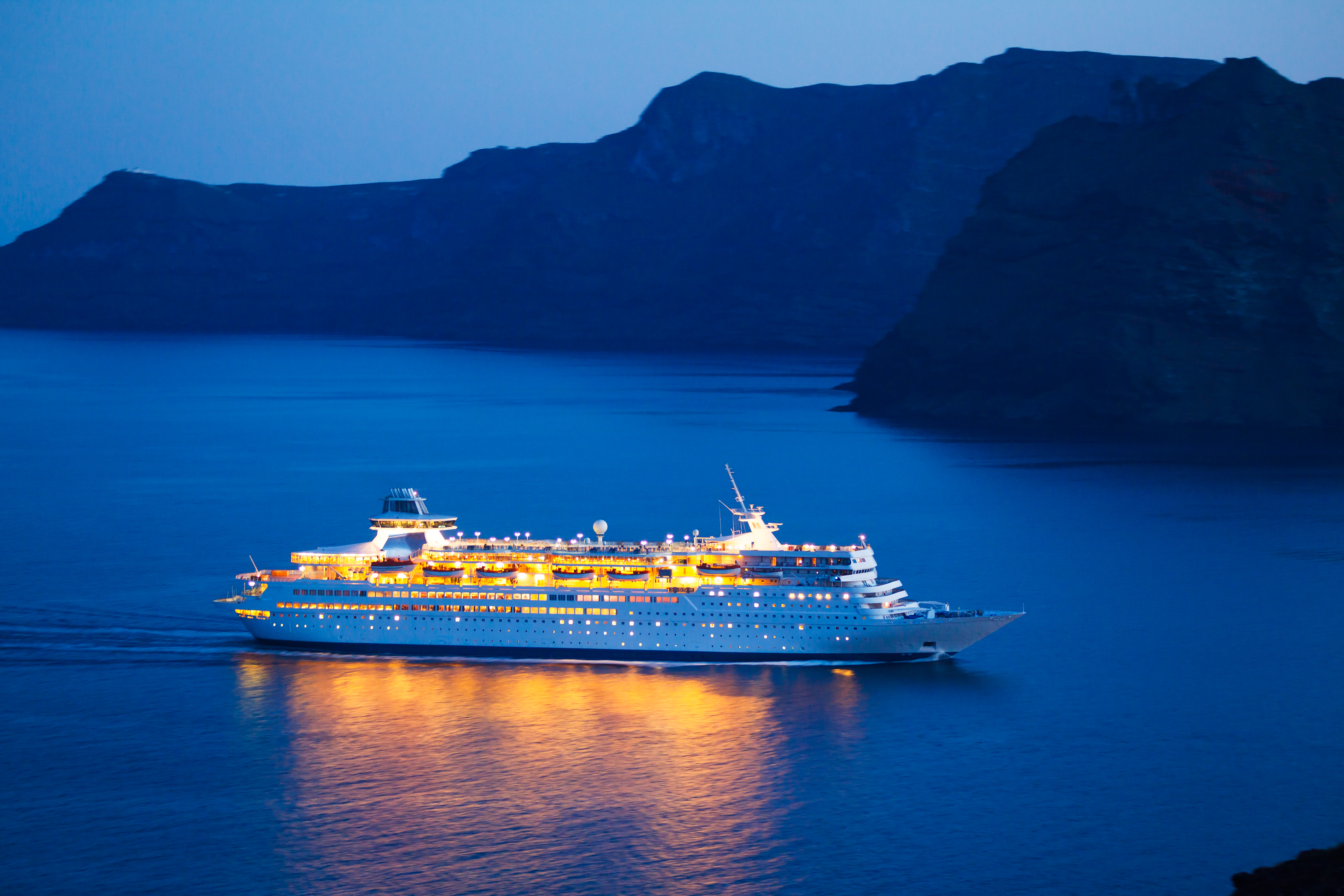
Cruise ships operate in a complex web of international waters, subject to various legal systems and jurisdictions. In 2020, a legal dispute arose when a passenger was injured during an excursion, leading to confusion over liability and compensation. This case illustrated the intricacies of maritime law and the challenges of navigating legal responsibilities across borders. It particularly emphasized the importance of clear contractual agreements and the role of international cooperation in resolving disputes, as well as the need for passengers to be informed about their rights and protections while traveling.
Resilience on the High Seas
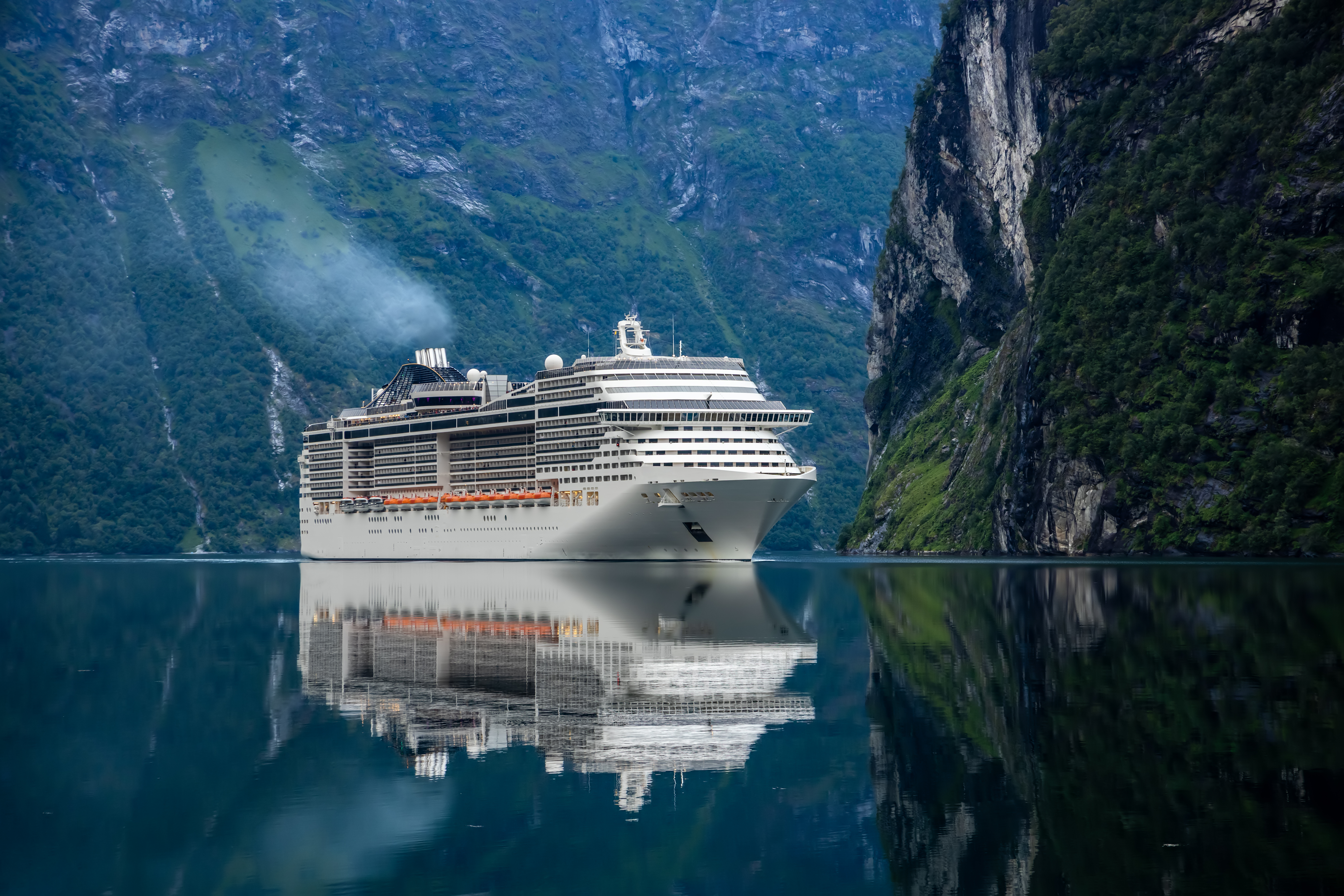
The tales of cruise adventures turned awry serve as powerful reminders of the unpredictable nature of life at sea. From the wrath of nature to human error and cultural clashes, each story underscores the importance of preparation, adaptability, and resilience. These harrowing experiences reveal the fragility of human endeavors and the strength that emerges in times of crisis. As the cruise industry continues to evolve, embracing lessons learned from past challenges will be crucial in ensuring safer, more sustainable, and fulfilling journeys for all who venture into the vast, mysterious expanse of the ocean.




